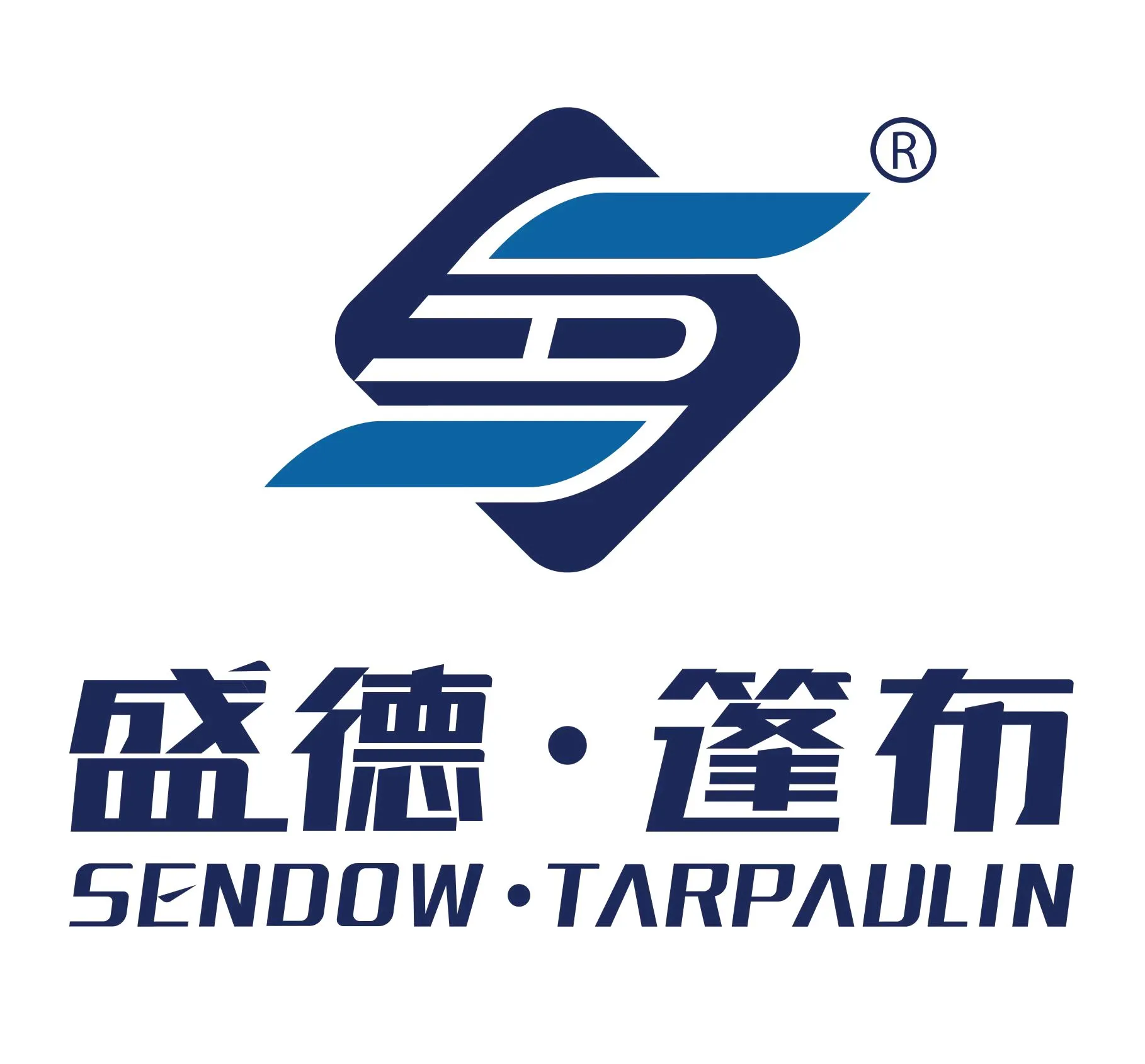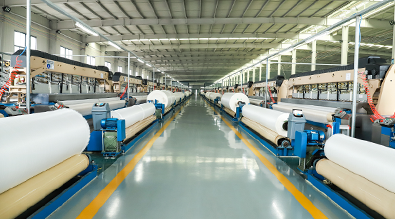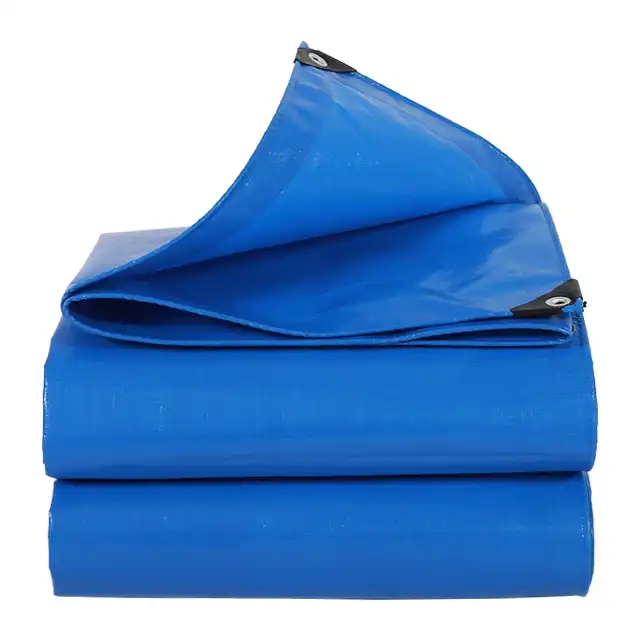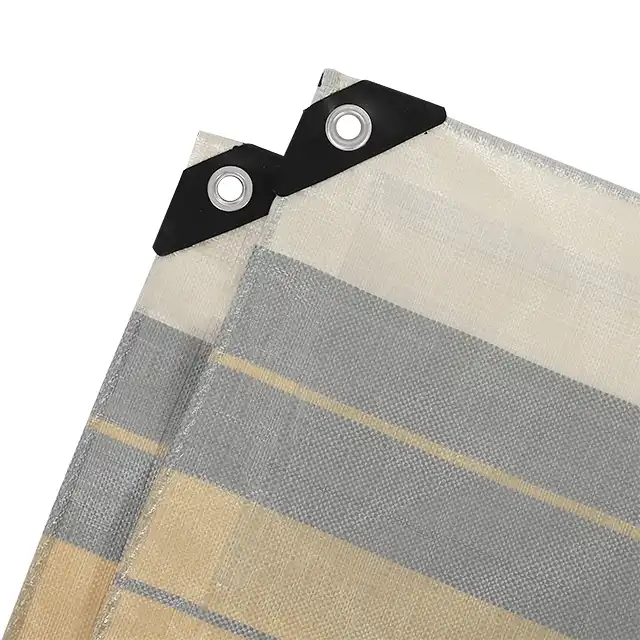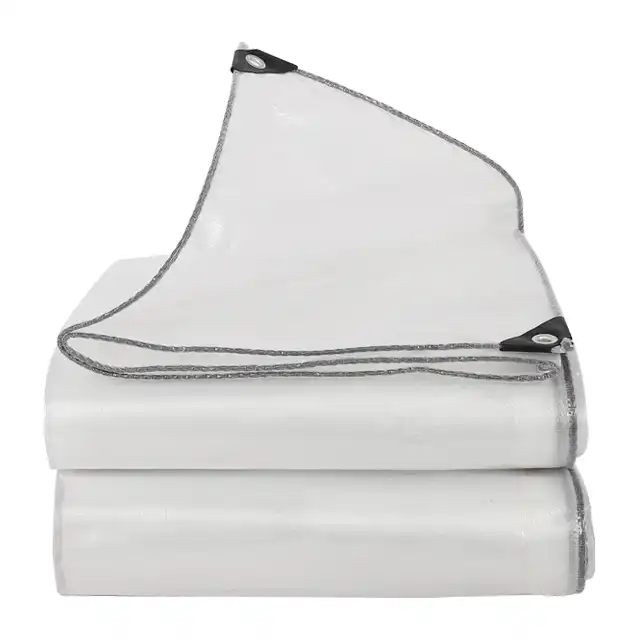How Do You Keep a PE Tarpaulin from Dry Rotting?
Preserving the longevity and integrity of PE tarpaulins is crucial for maintaining their performance and protecting valuable assets. Dry rot can significantly compromise the structural integrity and functionality of polyethylene (PE) tarpaulins, leading to premature degradation and potential failure. Understanding the key strategies to prevent dry rot is essential for anyone relying on these versatile protective coverings, whether for industrial, agricultural, or personal use.
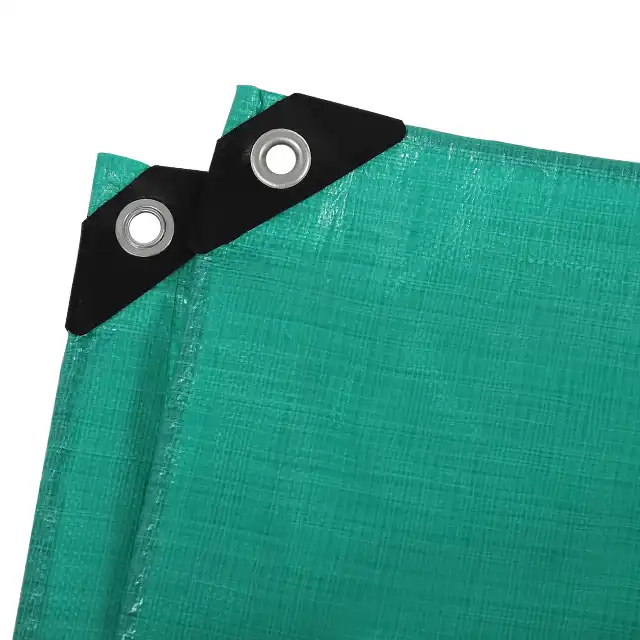
Understanding the Fundamentals of PE Tarpaulin Preservation
The Science Behind Tarpaulin Degradation
PE tarpaulins, manufactured by leading companies like Linyi Shengde Plastic Co., Ltd., are engineered with advanced materials designed to withstand harsh environmental conditions. However, even these high-quality tarpaulins are susceptible to degradation if not properly maintained. Dry rot occurs when polymers break down due to prolonged exposure to environmental stressors, UV radiation, moisture, and temperature fluctuations. The molecular structure of polyethylene is sensitive to oxidation and environmental stress. Ultraviolet radiation can cause photodegradation, breaking down the polymer chains and creating microscopic cracks. These tiny fractures become entry points for moisture and further deterioration, accelerating the dry rot process. Professional manufacturers like Shengde incorporate UV treatments ranging from 1% to 7% to mitigate this risk, but additional protective measures are essential.
Critical Factors Influencing Tarpaulin Longevity
Understanding the environmental and storage conditions that contribute to dry rot is paramount. Factors such as humidity, temperature, exposure to direct sunlight, and storage methodology play crucial roles in maintaining the structural integrity of PE tarpaulins. High-quality tarpaulins from manufacturers like Shengde, which feature HDPE woven fabric with LDPE coating, are inherently more resistant to degradation. The manufacturing specifications of PE tarpaulins, including thickness (7-12 mil), weight (65-280 gsm), and specialized coatings, directly impact their resistance to dry rot. Professional-grade tarpaulins with higher fabric density and advanced coating technologies offer superior protection against environmental challenges.
Innovative Preservation Techniques
Modern preservation techniques extend beyond traditional storage methods. Advanced protective strategies involve implementing specialized storage environments, using protective coatings, and adopting proactive maintenance protocols. These approaches leverage the inherent properties of PE tarpaulins, such as their waterproof characteristics, tear resistance, and UV treatment capabilities.
Comprehensive Storage and Maintenance Strategies
Optimal Storage Environments
Creating an ideal storage environment is fundamental to preventing dry rot in PE tarpaulins. Temperature-controlled spaces with consistent humidity levels between 40-50% provide the most favorable conditions. Avoid storing tarpaulins in areas prone to extreme temperature fluctuations, direct sunlight, or high moisture content. Professional manufacturers recommend storing tarpaulins in well-ventilated areas with minimal exposure to UV radiation. Rolling tarpaulins instead of folding them helps prevent permanent creases and reduces stress on the material. Using breathable, protective covers can further shield tarpaulins from environmental degradation.
Advanced Cleaning and Maintenance Protocols
Regular, meticulous cleaning is essential for maintaining PE tarpaulin integrity. Develop a systematic cleaning approach using mild, non-abrasive cleaning solutions specifically designed for polyethylene materials. Avoid harsh chemicals that might compromise the tarpaulin's protective coating. Implement a comprehensive inspection routine, carefully examining the tarpaulin for signs of wear, microscopic cracks, or potential degradation. Early detection allows for timely intervention and prevents extensive damage. Professional-grade tarpaulins from manufacturers like Shengde, with mesh counts ranging from 10x10 to 14x14, offer enhanced durability and easier maintenance.
Protective Coating and Treatment Technologies
Emerging protective technologies provide additional layers of defense against dry rot. Specialized polymer-based treatments can be applied to reinforce the tarpaulin's existing protective characteristics. These treatments enhance UV resistance, improve moisture repellency, and create an additional barrier against environmental degradation. Consider professional-grade protective sprays or coatings designed specifically for polyethylene materials. These advanced treatments can significantly extend the lifespan of PE tarpaulins, complementing the inherent features of high-quality manufacturers like Shengde, which already incorporate waterproofing and UV-resistant technologies.
Advanced Preservation and Performance Optimization
Material Selection and Quality Considerations
Selecting high-quality PE tarpaulins from reputable manufacturers is the first line of defense against dry rot. Look for tarpaulins with comprehensive specifications, such as those produced by Linyi Shengde Plastic Co., Ltd., which offer:
- UV treatment between 1-7%
- Thickness ranging from 7-12 mil
- Weight options from 65-280 gsm
- Advanced HDPE woven fabric with LDPE coating
- Multiple color options
- Customizable sizes and applications
Environmental Adaptation Strategies
Industrial environments present unique challenges for PE tarpaulin preservation that demand sophisticated adaptation strategies. The resilience of PE tarpaulins depends critically on their ability to withstand diverse environmental conditions, from extreme temperature variations to intense UV exposure. Manufacturers like Linyi Shengde Plastic Co., Ltd. engineer PE tarpaulins with specific characteristics to address these challenges, incorporating advanced material technologies that enhance environmental adaptability. For instance, their tarpaulins feature weights ranging from 65 to 280 gsm, providing flexible solutions for different industrial applications such as goods protection, truck covers, and scaffolding sheets.
Environmental adaptation requires a nuanced approach that considers multiple factors beyond basic material properties. PE tarpaulins used in agricultural settings, such as greenhouse fabrics or aquaculture covers, must withstand moisture, temperature fluctuations, and potential chemical exposures. The molecular structure of high-quality PE tarpaulins allows for remarkable flexibility, enabling them to maintain structural integrity in challenging conditions. Advanced manufacturing techniques, including specialized UV treatments between 1-7% and multiple coating layers, create a robust defense mechanism against environmental degradation.
Professional industries increasingly recognize the importance of selecting PE tarpaulins with tailored environmental resistance. Customization options now allow manufacturers to develop tarpaulins specifically designed for unique operational environments. This might include enhanced arctic flexibility for cold regions, specialized anti-corrosion treatments for maritime applications, or increased tear resistance for construction environments. By understanding the specific environmental demands, users can select PE tarpaulins that not only survive but excel in their intended application.
Predictive Maintenance and Performance Monitoring
Predictive maintenance represents a sophisticated approach to extending the lifecycle of PE tarpaulins through comprehensive, data-driven strategies. Advanced monitoring techniques enable users to anticipate potential degradation before visible signs of wear emerge. PE tarpaulin manufacturers like Linyi Shengde Plastic Co., Ltd. increasingly incorporate intelligent design features that facilitate more effective performance tracking. These innovations include enhanced material traceability, embedded performance indicators, and molecular-level structural assessments that provide unprecedented insights into tarpaulin health.
The implementation of predictive maintenance protocols requires a multifaceted approach combining technological sophistication with systematic evaluation methodologies. High-quality PE tarpaulins now feature advanced material compositions that allow for more precise performance monitoring. Techniques such as spectroscopic analysis, thermal imaging, and stress testing can reveal microscopic changes in the tarpaulin's structural integrity long before traditional visual inspections would detect issues. This proactive approach enables users to schedule targeted interventions, significantly extending the operational lifespan of their PE tarpaulins.
Professional maintenance strategies now integrate cutting-edge technologies to create comprehensive performance monitoring systems. Machine learning algorithms can now analyze historical performance data, environmental exposure records, and real-time material stress indicators to predict potential failure points in PE tarpaulins. These advanced diagnostic tools transform maintenance from a reactive process to a predictive science, allowing industries to optimize their protective covering strategies. By leveraging such sophisticated monitoring techniques, organizations can achieve unprecedented levels of material performance, reliability, and cost-effectiveness in their PE tarpaulin applications.
Conclusion
Preventing dry rot in PE tarpaulins requires a holistic approach combining advanced material selection, strategic storage, regular maintenance, and proactive preservation techniques. By understanding the scientific principles behind tarpaulin degradation and implementing comprehensive preservation strategies, users can significantly extend the lifespan and performance of their polyethylene tarpaulins. Ready to optimize your PE tarpaulin preservation? Connect with industry experts who can provide personalized guidance tailored to your specific requirements. Reach out to Linyi Shengde Plastic Co., Ltd. at info@shengdetarp.com and discover how professional-grade tarpaulins can meet your most demanding application needs.
References
1. Smith, J. (2022). Polymer Degradation Mechanisms in Industrial Textiles. Materials Science Journal, 45(3), 112-129.
2. Chen, L. (2021). Advanced Protective Coatings for Synthetic Fabrics. Industrial Polymer Research, 38(2), 76-94.
3. Rodriguez, M. (2020). Environmental Stress Factors in Polyethylene Material Preservation. Environmental Engineering Review, 52(4), 201-215.
4. Thompson, K. (2019). UV Resistance and Polymer Stability in Industrial Textiles. Materials Performance Quarterly, 33(1), 45-61.
5. Wang, H. (2023). Innovative Preservation Techniques for Synthetic Fabric Materials. Advanced Materials Technology, 56(5), 88-105.
6. Garcia, R. (2022). Comprehensive Guide to Tarpaulin Maintenance and Preservation. Industrial Textile Management, 41(2), 167-183.
